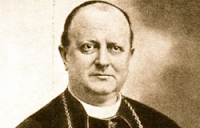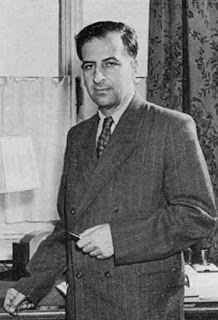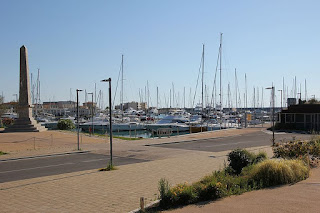Parmigianino - Mannerist painter
Artist from Parma left outstanding legacy
The artist Girolamo Francesco Maria Mazzola – better known as Parmigianino – died on this day in 1540 in Casalmaggiore, a town on the Po river south-east of Cremona in Lombardy. Sometimes known as Francesco Mazzola, he was was only 37 years old when he passed away but had nonetheless made sufficient impact with his work to be regarded as an important influence on the period that followed the High Renaissance era of Leonardo da Vinci, Michelangelo and Raphael. Known for the refined sensuality of his paintings, Parmigianino – literally ‘the little one from Parma’ – was one of the first generation of Mannerist painters, whose figures exuded elegance and sophistication by the subtle exaggeration of qualities associated with ideal beauty. Parmigiano is also thought to have been one of the first to develop printmaking using the technique known as etching and through this medium his work was copied, and circulated to many artistic schools in Italy and other countries in northern Europe, where it could be studied and admired. Parmigianino’s figures would often have noticeably long and slender limbs and strike elegant poses. Read more…
____________________________________________________________________
Carlo Gambino - Mafia Don
Sicilian thought to be model for Mario Puzo's Godfather
Carlo Gambino, who would become one of the most powerful Mafia Dons in the history of organised crime, was born on this day in 1902 in Palermo, Sicily. For almost two decades up to his death in 1976, he was head of the Gambino Crime Family, one of the so-called Five Families that have sought to control organised crime in New York under one banner or another for more than a century. He is thought to have been the real-life Don that author Mario Puzo identified as the model for Vito Corleone, the fictional Don created for the best-selling novel, The Godfather. During Gambino's peak years, the family's criminal activities realised revenues of an estimated $500 million per year. Yet Gambino, who kept a modest house in Brooklyn and a holiday home on Long Island, claimed to make a living as a partner in a company that advised on labour relations. Despite coming under intensive surveillance by the FBI, he managed to avoid prison during a life spent almost exclusively in crime. Everything he did was planned meticulously to avoid detection, even down to communicating with associates through coded messages. Read more…
____________________________________________________________________
Peppino De Filippo - comedian, actor and playwright
Talented Neapolitan who lived in shadow of his brother
The playwright and comic actor Peppino De Filippo was born Giuseppe De Filippo on this day in 1903 in Naples. A highly accomplished performer on stage in serious as well as comedy roles, De Filippo also had a list of film credits numbering almost 100, of which he is best remembered for his screen partnership with the brilliant comic actor Totò. To an extent, however, he spent his career in the shadow of his older brother, Eduardo De Filippo, who after Luigi Pirandello was regarded as the second great Italian playwright of the 20th century. The two fell out in the 1940s for reasons that were never made clear, although it later emerged that they had many artistic differences. They were never reconciled, and though Peppino went on to enjoy a successful career and was widely acclaimed it annoyed him that he was always seen as a minor playwright compared with his brother. When Peppino published an autobiography in 1977, three years before he died, he called it Una famiglia difficile - A Difficult Family. In the book he described his relationship with his sister, Titina, as one of warmth and affection, but portrays Eduardo as something of a tyrant. Read more…
Home














